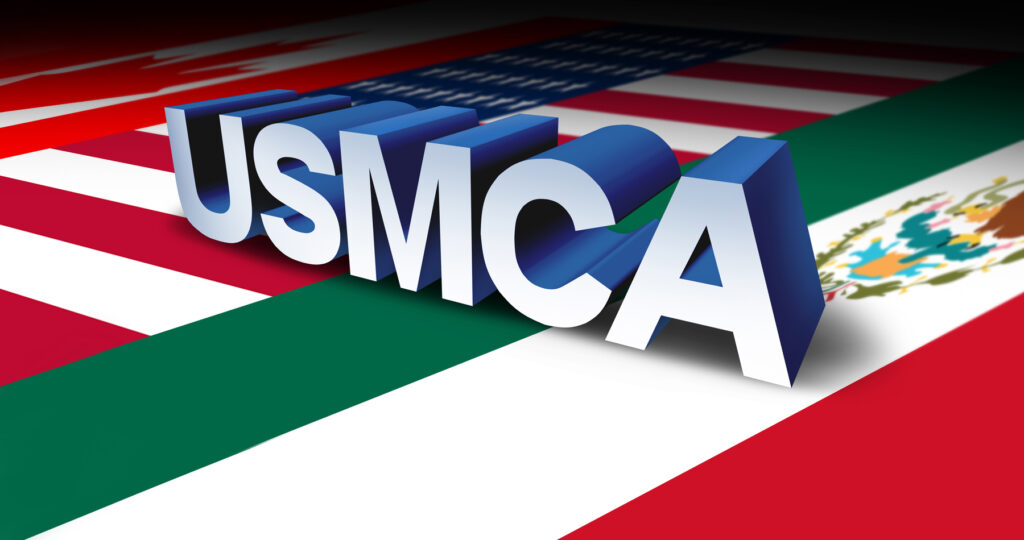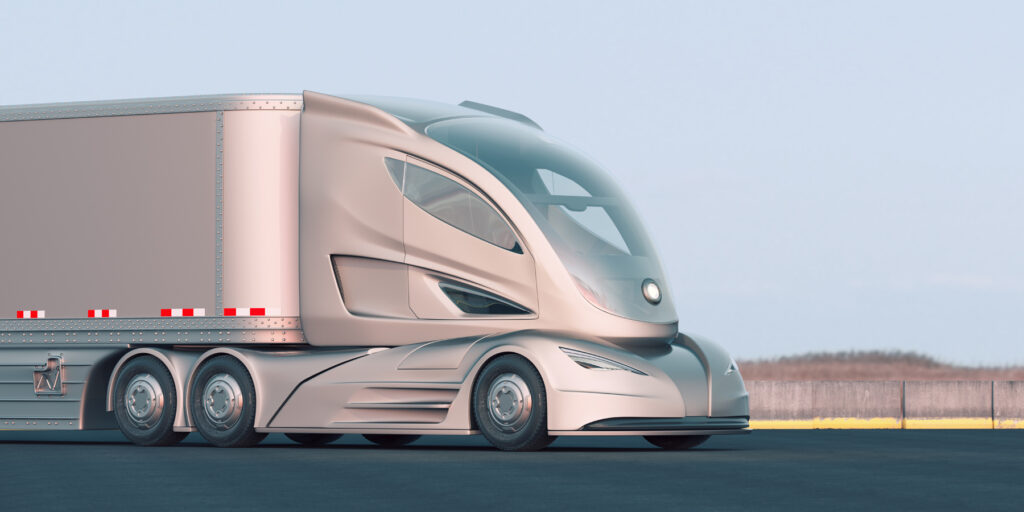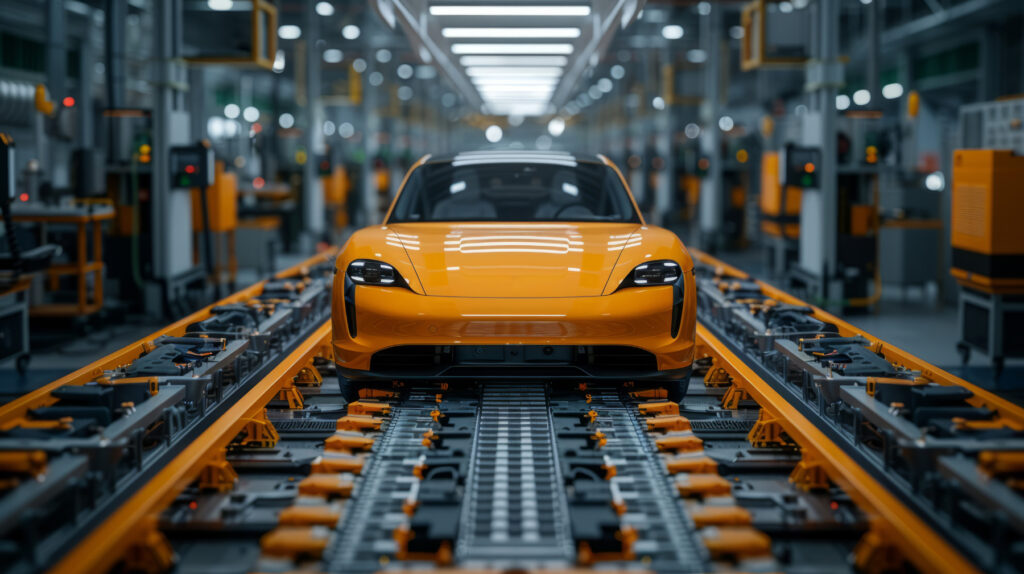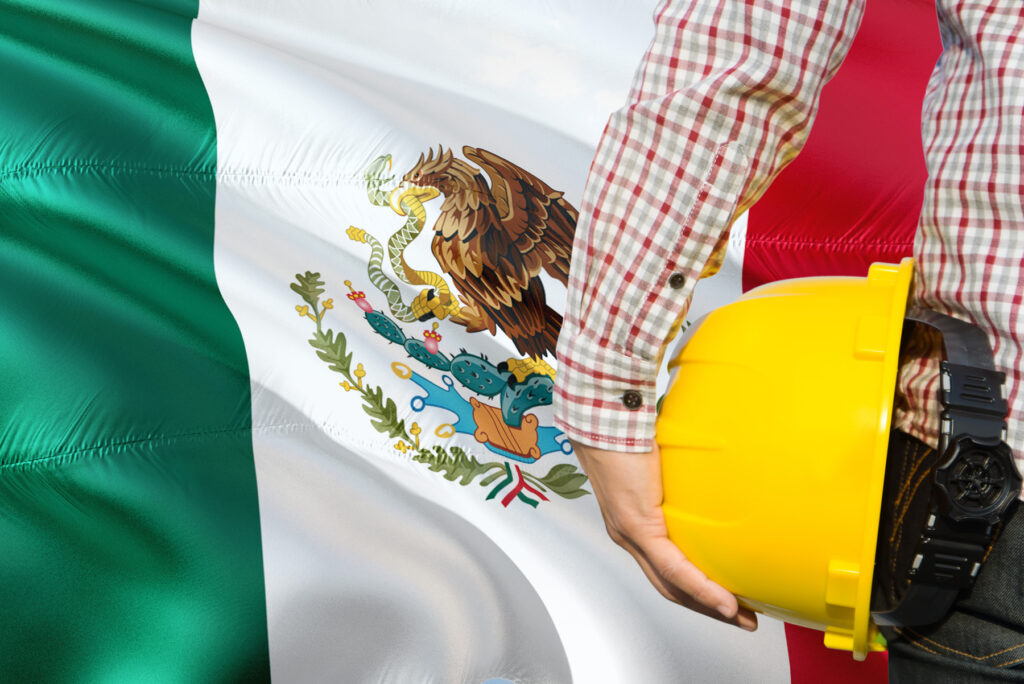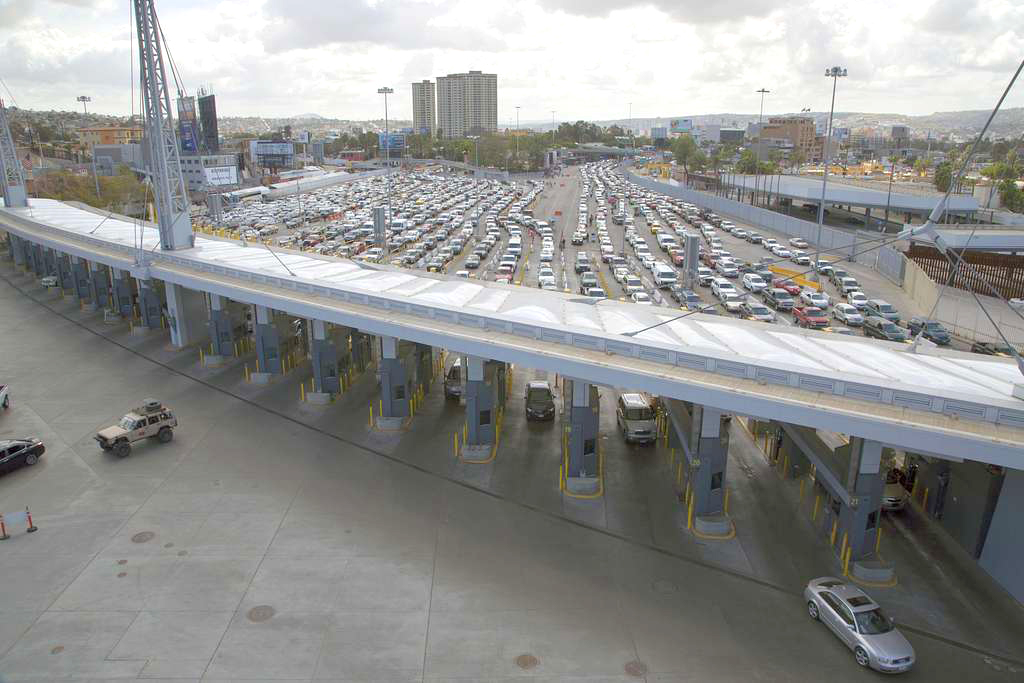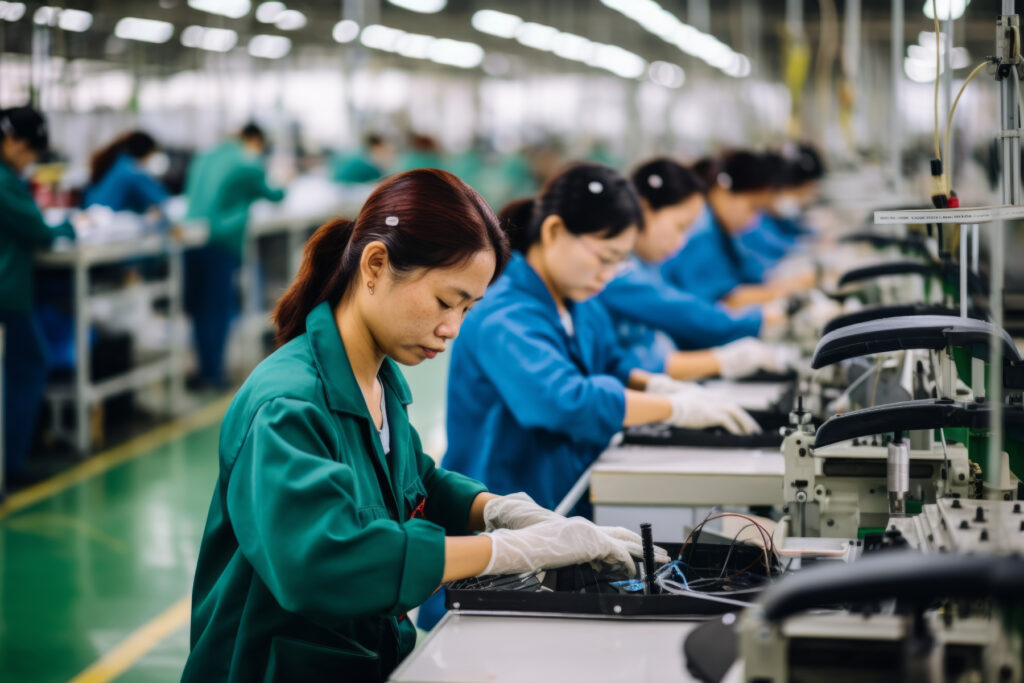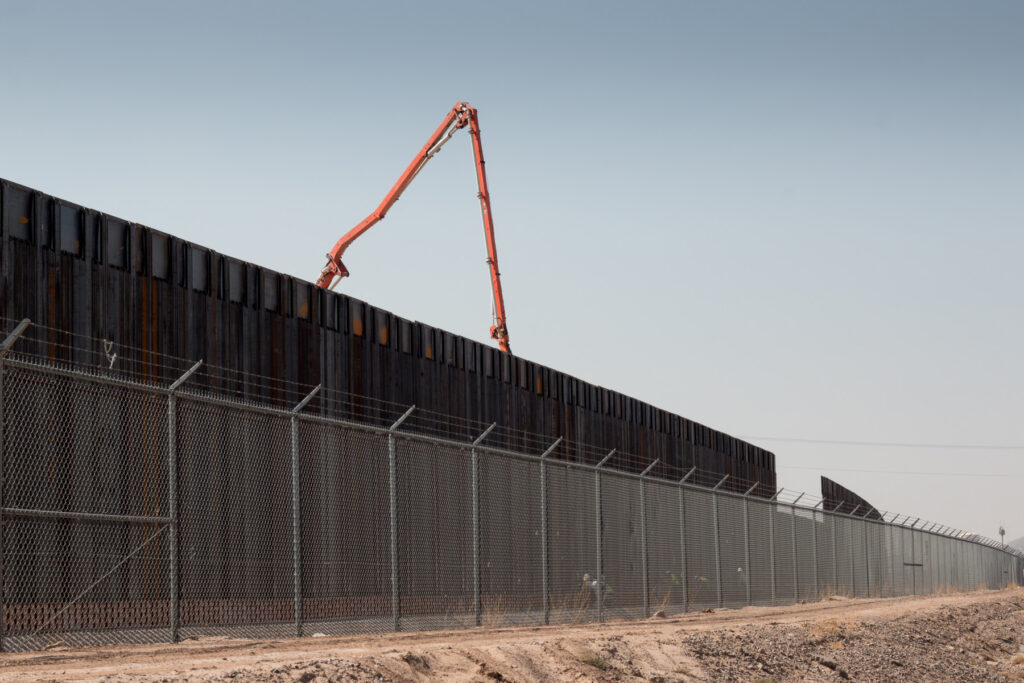The United States-Mexico-Canada Agreement (USMCA) replaced NAFTA in the summer of 2020, ushering in new opportunities for US manufacturers to outsource manufacturing operations to Mexico. Mexico’s strategic position within this agreement unlocks several key benefits for US companies seeking to expand production south of the border.
And the advantages of USMCA are much like those afforded by the former NAFTA. But by some estimates, this new agreement is a marked improvement. Below are just some of the advantages of USMCA, specifically for US manufacturers doing business south of the border.
- Streamlined Trade and Market Access
Mexico serves as a vital link in the USMCA, providing US manufacturers with streamlined access to North American markets. By producing goods in Mexico, companies can leverage duty-free exports to the US and Canada, reducing trade barriers and enhancing market competitiveness. Mexico occupies a strategic location for US manufacturers, and this allows them to tap into a vast consumer base while also taking advantage of efficient supply chain logistics under the trade agreement.
While certain duties and tariffs may persist under the USMCA, the agreement outlines a phased reduction of tariffs on various goods traded among member countries. This tariff elimination benefits US manufacturers in Mexico by reducing production costs and improving market access within North America. By capitalizing on duty-free treatment, US companies can remain competitive in the global marketplace and expand their market share in key sectors such as automotive, aerospace, and electronics.
- More Favorable Rules of Origin
The rules of origin under the USMCA have improved and help US businesses unlock trade benefits while operating in Mexico. So long as goods produced in Mexico meet specific criteria for origin and content, they usually qualify for duty-free treatment when exported back to the US. And of course, greatly facilitates cross-border commerce and supply chain integration. This encourages US manufacturers to source materials and components locally, stimulating regional economic growth and bolstering North American supply chains.
- More Resilient Supply Chains
Mexico’s participation in the USMCA strengthens North American supply chains by encouraging the use of regional content in manufactured goods. Global supply chains are too risky and crisis-prone. US manufacturers in Mexico benefit from sourcing materials and components within the region, enhancing efficiency and promoting economic integration.
This collaborative approach enhances strategic partnerships among US, Mexican, and Canadian businesses, driving innovation and competitiveness across industries.
- Fairer Trade Practices
Mexico aims to counteract unfair trade practices. The regulations under USMCA promotes a more level playing field and protects US manufacturers from potential trade disputes. The agreement also enhances market transparency and creates a fair and open space for businesses operating within the region.
- Elevated Labor Standards
Under the USMCA, Mexico is committed to improving labor standard. This in turn benefits US manufacturers by promoting fair treatment and better working conditions. As a result, workforce productivity is boosted while setting up a positive business environment for foreign investors.
It just makes sense. When US manufacturers invest in human capital and talent development within the USMCA framework, they can better cultivate a skilled workforce and drive sustainable growth. Mexico offers access to a deep pool of skilled labor coupled with common-sense labor regulations that promote a better workplace experience and productivity.
- Enhanced Intellectual Property Protections
One of the most overlooked advantages of USMCA is that US manufacturers operating in Mexico benefit from strengthened intellectual property protection. Enhanced safeguards for patents, trademarks, and trade secrets protect businesses’ innovative technologies and proprietary assets.
Without this intellectual property framework, American businesses wouldn’t be able to focus as much on innovation and creativity. But because of this framework of IP protections, US manufacturers can more easily safeguard their investments and capitalize on emerging market opportunities.
- Increased Digital Trade
E-commerce is big. And one of the unique advantages of USMCA provisions is the promotion of digital trade between member countries. This allows US manufacturers in Mexico to leverage e-commerce and digital services in cutting edge ways to affect the bottom line.
Cross-border data flows enable companies to reach new customers and expand market opportunities within North America. By embracing digital transformation, US manufacturers can enhance customer engagement, optimize supply chain operations, and unlock new revenue streams in the evolving digital economy.
Leveraging Advantages of USMCA While Navigating Regulations
It goes without saying that the USMCA agreement is a massive regulatory framework, and compliance should be a priority. However, the clear and expansive advantages of USMCA vastly outweigh the efforts required to fully understand and implement its rules.
Indeed, understanding and navigating the USMCA’s regulations is essential for US manufacturers looking to capitalize on Mexico’s role within the agreement. While some duties and tariffs may still apply in specific, limited scenarios, the overall benefits of duty-free trade and regulatory alignment offer significant advantages for businesses. Mexico’s adherence to USMCA provisions ensures a predictable and favorable trade environment. And this allows US manufacturers to plan and operate with confidence in the Mexican market.
To fully unlock the advantages of USMCA, US manufacturers should invest the time to understand the regulations, compliance, and supply chain integration thoroughly. Mexico’s strategic position within the agreement allows businesses to optimize operations and capitalize on the benefits of duty-free trade and market access. Of course, this requires strategic planning, collaboration with local partners, and continuous adaptation to evolving trade dynamics within the North American region.
But Mexico’s role within the USMCA offers strategic advantages for US manufacturers seeking to expand operations and access North American markets. This redo of the NAFTA agreement puts Mexico in a unique position to help US companies unlock duty-free trade, streamlined regulations, and enhanced market access.
North America is now a dynamic regional economy. Regionalism under the USMCA agreement presents a wealth of advantages over the globalism of the past. And by embracing regulatory compliance and supply chain integration, US manufacturers can thrive in the evolving landscape of North American trade and commerce. With Mexico serving as a strategic partner in the USMCA, US manufacturers have a unique opportunity to expand their footprint, drive innovation, and capture market share in one of the world’s largest trading blocs.

